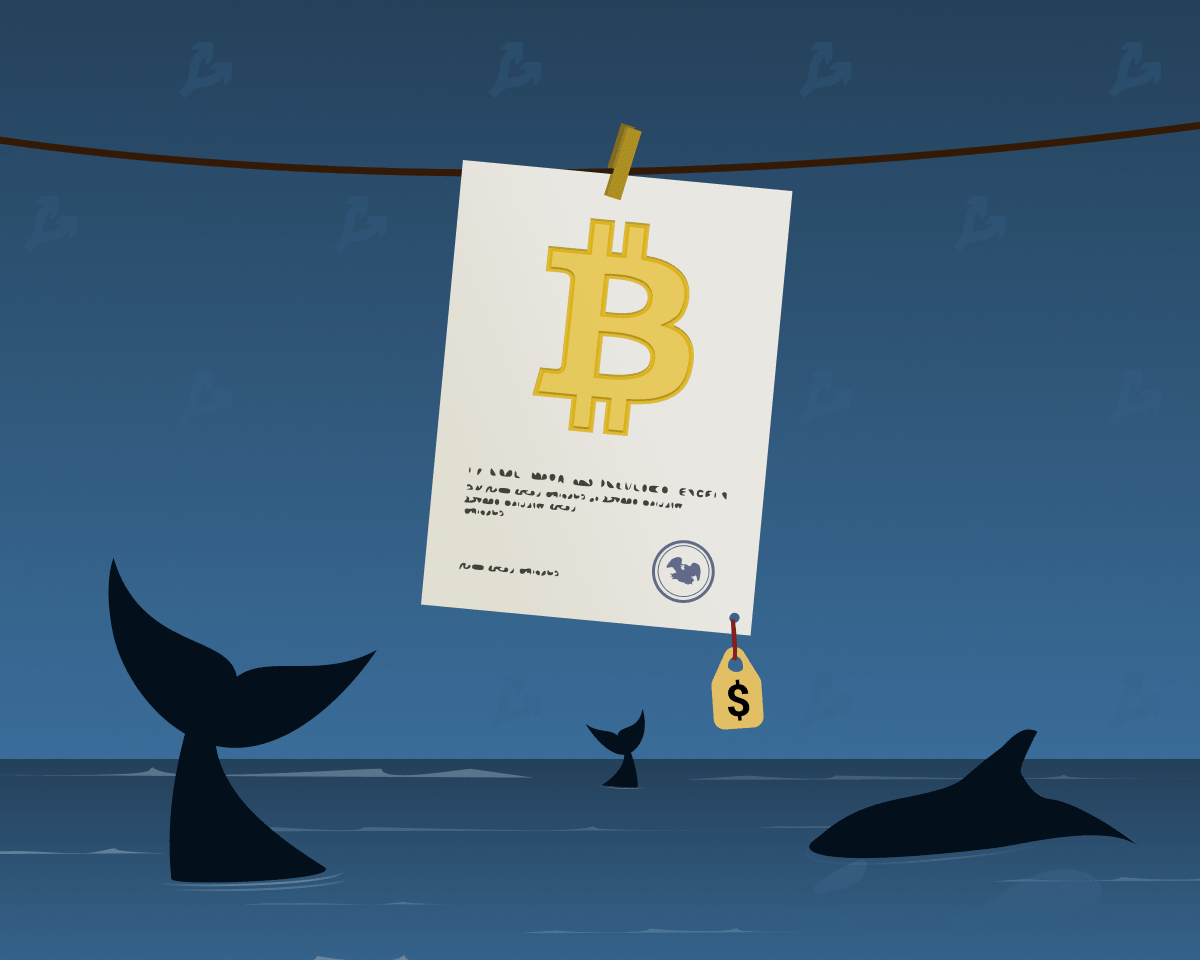
Latvia has passed a landmark bill aimed at transforming how crypto asset service providers operate in the country.
On June 3, the Latvian Cabinet of Ministers approved Bill No. 24-TA-3148, which integrates the European Union’s DAC8 directive and the OECD-backed Crypto Asset Reporting Framework (CARF) into national law.
The legislation is designed to boost tax compliance, prevent financial crime, and align with broader EU efforts to regulate the digital asset sector.
The new rules will come into force on January 1, 2026, with stiff penalties for non-compliance and enhanced obligations for reporting crypto-related activities.
New crypto reporting rules come into force in 2026
The legislation transposes Directive 2023/2226/EU, also known as DAC8, into Latvian law.
DAC8 introduces a standardised EU-wide framework requiring crypto service providers to report customer transactions to tax authorities.
This is the EU’s eighth amendment to its Directive on Administrative Cooperation and specifically targets tax evasion through crypto assets.
Latvia’s bill also incorporates the OECD’s CARF standards, which call for an automatic exchange of financial information across jurisdictions.
CARF is designed to complement the existing Common Reporting Standard (CRS) by adding coverage for digital assets, wallets, and stablecoins.
The integration with CARF means Latvian authorities will now participate in cross-border information exchanges under the Multilateral Competent Authority Agreement (MCAA).
The upcoming changes will apply to crypto assets, electronic money products, swaps, and even central bank digital currencies (CBDCs).
Reporting entities must now conduct due diligence on their clients and submit periodic disclosures to the national tax administration.
Under the law, any failure to meet these obligations could result in fines of up to €14,000 ($16,026).
Definitions and scope extended under Latvian legislation
One of the most significant features of Bill No. 24-TA-3148 is the introduction of legal definitions that were previously missing in Latvian tax law.
These include specific terms such as “reportable crypto assets”, “crypto swaps”, and “electronic money products”.
The lack of formal definitions had previously created enforcement challenges, especially for newer digital financial instruments that did not fall under existing rules.
The legislation also explicitly requires that any crypto transactions, including those involving intermediaries or cross-border services, be captured under the new framework.
This represents a major policy shift as Latvia seeks to eliminate gaps that previously allowed for regulatory arbitrage in the crypto space.
EU states face year-end deadline for DAC8 compliance
The EU has given all Member States until December 31, 2025, to enact domestic legislation aligned with DAC8.
Latvia is among the earlier adopters, signalling its intent to establish itself as a regional leader in digital finance regulation.
The early adoption gives Latvian crypto businesses time to prepare for the January 2026 implementation and positions the country ahead of the EU-wide compliance deadline.
By aligning with DAC8 and CARF, Latvia aims to strengthen its digital finance oversight and foster long-term investor confidence.
It also gives the Financial Intelligence Unit and tax authorities the tools to detect and prevent illicit financial activity more efficiently.
Latvia eyes blockchain investment and Web 3.0 growth
Beyond regulatory alignment, the move reflects Latvia’s ambition to attract global investment in blockchain technologies.
According to the Ministry of Economics, about 20 blockchain startups are currently establishing operations in the country.
Companies such as Paybis, a crypto exchange registered with EU authorities, have already signalled confidence in Latvia’s regulatory direction.
Latvia’s proactive approach is part of a broader strategy to become a competitive player in Web 3.0 development.
The government’s roadmap includes policies for nurturing crypto talent, creating tax clarity for decentralised applications, and encouraging innovation in blockchain infrastructure.
The integration of DAC8 and CARF also brings Latvia into step with other digital finance reforms underway in Europe, including the EU’s Markets in Crypto-Assets (MiCA) regulation.
Together, these initiatives signal a shift in how EU countries will treat digital assets, moving from fragmented oversight to comprehensive and uniform regulation.
The post Latvia approves crypto tax bill aligned with DAC8 and CARF; fines up to €14,000 appeared first on Invezz















 English (US) ·
English (US) ·